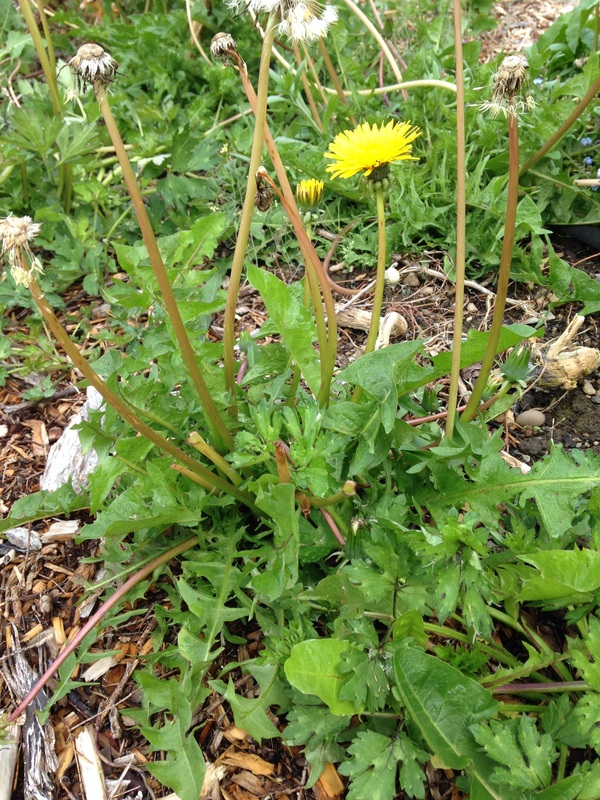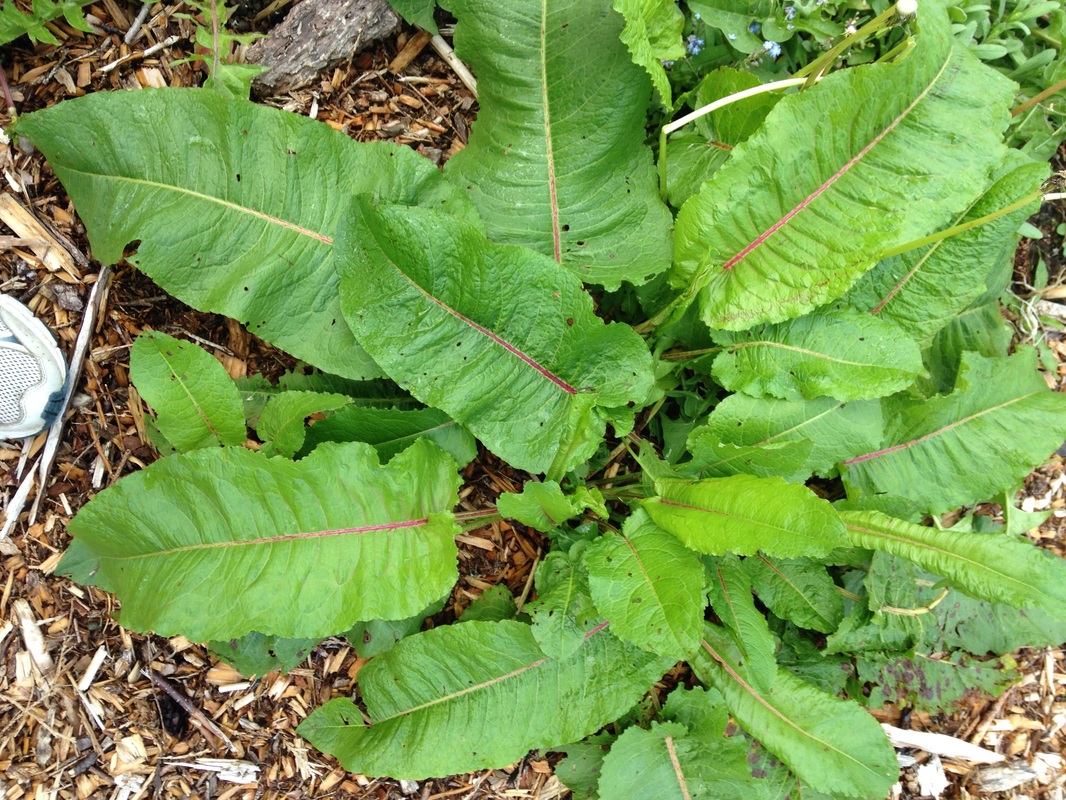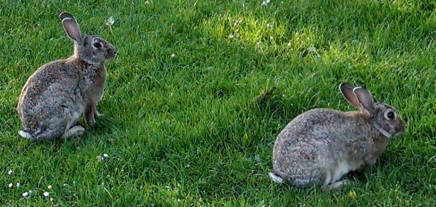| Plants offer great metaphors. The way they grow, our relation to them, the functions and uses they have, and how they spread are all ways they can be metaphorized. Some plants as weeds make better metaphors by virtue of being thought of as weeds, hence we have a preconception already of them and there is a stigma or oppression around that plant that makes it particularly powerful symbolically. One such weed is dandelion. Dandelion leaves are a great source of nutrition as food, and medicine. It has a wide range of other uses as well for medicine and different parts have different uses, such as; tea out of the roots is good for stomach issues as well as boosting the immune system with probiotics, the leaves are full of trace minerals (they are good medicinally for similar reasons they are good edibily). Their little daisy like (aster family) flowers that pop up everywhere beautifying the otherwise plain green of everyday lawns. They also have a resiliency and hardiness to be able to come up through even the smallest crack between the sidewalks. These are all qualities that system change/revolutionary campaigns strive for. Another such weed is sneaky bindweed, with its rope like, viney roots which travel under ground parallel to the soil surface at 6-10 inches and sneak above the surface where is most frustrating oftentimes intertwined with the roots and stem of plants that we want (ie not weeds!). I have also heard that bindweed is fairly generalized in its needs and how/where it grows, and is one of the first to rehabilitate disturbed soils. Similar to dandelion the prolific bindweed is to be admired symbolically yet is quite frustrating and a nuisance in the garden. The unpredictability of bindweed is also to be admired symbolically, but also frustrating in the futile attempt to have tenuous “control” of the garden. | In permaculture terms they are a dynamic accumulator, which means that it is able to attract/find vitamins and minerals (mostly) and make them more available to the surrounding plants (similar to why it is so beneficial to humans edibily). Dandelion does this function by way of a long tap root that enables it to reach beyond what most other plants with shallower roots can access and tap into other nutrients bringing them up into the topsoil. This long tap root also makes them hard to remove, for people who think of them as a nuisance, which people often do because they are so prolific at spreading themselves. The way that their ball of seeds blow away and float wherever the wind takes them makes them very prolific and spread like wildfire, which symbolically could relate to a popular resistance movement and how we would like it to spread in popularity and be “uncontrollable” and hard to remove. While on the topic of nuisances in the garden I am going to tangentially recommend a holistic way to deal with a large portion of plants that were intentionally planted but are too good at what they do so and (in the futile attempt to maintain “control”) are ripped out as a weed, as well as furry predators, with a recipe for making use of nuisances: rabbit and mint family stew. |
| You will need traps, or Ash cat to catch rabbit(s), a knife for skinning and gutting it(/them), a big pot for cooking stock, then stew, and well water. To start with catch (and kill [preferably cleanly and “humanely”]) rabbit(s) either with traps or Ash cat, then skin and gut it (the same process is used in skinning and gutting any mammal from a “pet” to “wild” animal to local senator). Make broth/stock of bones. While that is cooking, extracting the flavor and nutrients from the bones of these creatures who have eaten all our veggies, forage for mints - lemon balm, oregano, thyme, rosemary, spearmint, chocolate mint, peppermint (mint family is distinguished by square stem and alternate leaves, and I am pretty sure all mint is edible although I have never heard of people eating lambs ears...), dandelion, is another tasty “weed”. Strawberries are also very prolific and hardy and spread from stolons, as do blackberries. Mint family plants are prolific herbs that will spread and take over, often hybridizing and diluting the individuality of each mint species as they spread underground and recognize kin, producing blander hybrid offspring. Mint family and bamboo and most grasses spread from one or the other, rhizomes or stolons. The prolificness of some of these strategies is most inspiring and hopeful when thinking about networking and organizing resistance and change in society. Especially the ways in which they branch out and then pop up at unexpected locations... | Put the mint into the pot with the stock, maybe strain out the bones, maybe leave them in a bit longer, but put all the other greens in. Network with someone who can use the coat/fur, and bury (or maybe give as delicacy to omnivorous pets Ash cat, Leo, Spencer?) the guts/internal organs. If they eat our food, why don't we continue the food web and eat them as well (and while discussing holistic food webs, why not change from sewer to humanure and turn waste into soil to close the loop)? It would also provide a local protein source for the flesh eaters in the community. Rhizomes are essentially roots that are parallel to the soil surface and can mysteriously sprout new crowns seemingly anywhere. Bindweed, and fungus, are both examples of plants that spread with rhizomes. A stolon is a similar method of spreading but with the strands of reaching out branching be above ground (or closer to the surface if it is underground) then touch down, set roots and crown and keep going, the stolons are generally not quite like other branches but they are also distinct from roots but somewhere in between. |













 RSS Feed
RSS Feed